Ibogaine HCL
$90.00
Ibogaine hydrochloride (Ibogaine HCL) is used in the treatment of addiction. Ibogaine hydrochloride is a naturally-occurring compound extracted from the root of the Tabernanthe iboga shrub native to Africa.
Ibogaine hydrochloride is used to flush toxins (such as opiates and other drugs) from the body, and help dramatically reduce the uncomfortable symptoms associated with physical withdrawal from addiction.
Ibogaine hydrochloride is extracted from the root of the Iboga root bark. Contained in the second layer of the bark are approximately 12 different alkaloids. The three most prominent alkaloids that are extracted include: Ibogaine, Ibogamine, and Iboagline.
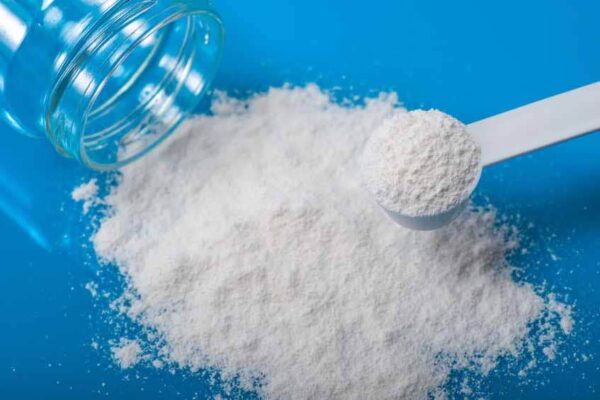
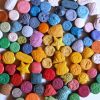
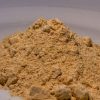
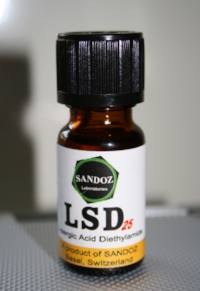
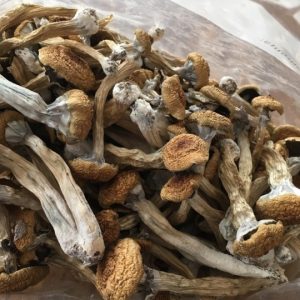
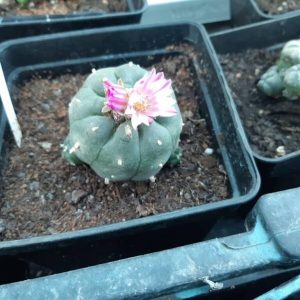
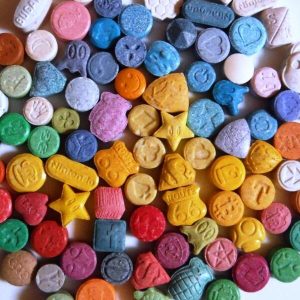
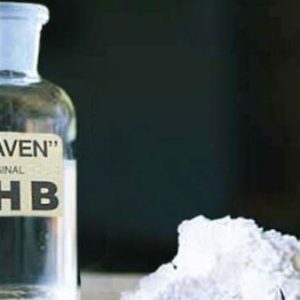
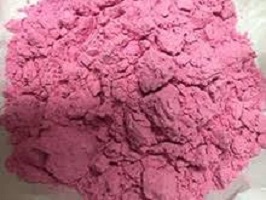
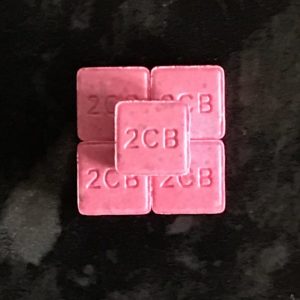

Moscow –
Recieved